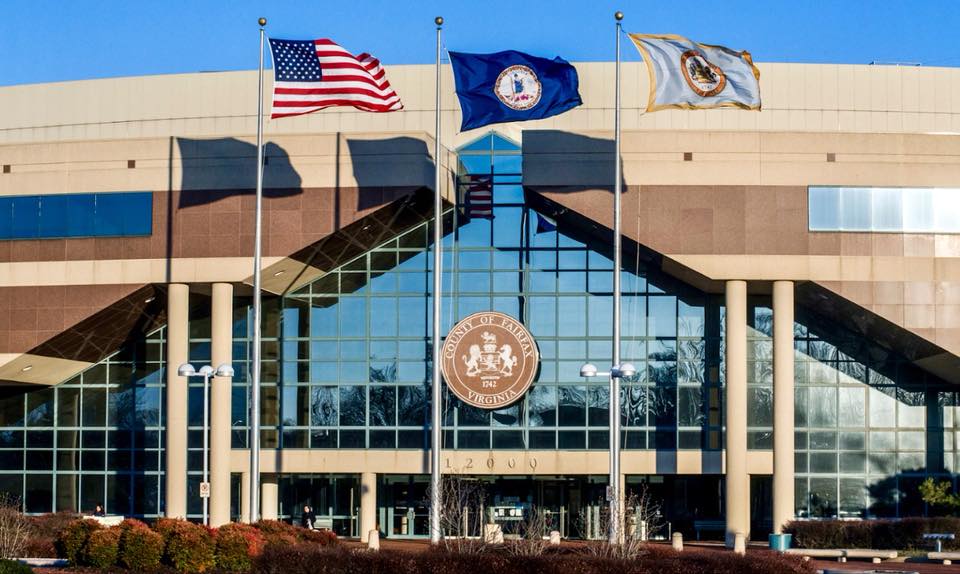Understanding the Anatomy of Your Chimney: A Comprehensive Guide for Fairfax County Residents
Your chimney is a remarkable piece of engineering that serves a vital role in your home, although it might seem like a simple structure. Its function is to carry hazardous smoke and gases safely from your home while providing the necessary draft for the fire. However, it’s essential to understand your chimney’s anatomy to keep it functioning optimally. This comprehensive guide, designed for the residents of Fairfax County, will help unravel the complexities of your chimney’s anatomy.
**Chimney Anatomy: An Overview**
A chimney comprises of several integral parts, each serving a unique purpose. Here’s a breakdown:
**Chimney Crown:** The chimney crown, made of concrete or metal, is the topmost part of your chimney. It is designed to shield the chimney from water and debris infiltration.
**Flue:** The flue is the internal part of the chimney that transports the combustion products outside. It’s crucial to keep the flue clean and free from obstruction for efficient operation.
**Chimney Cap:** This is a protective cover placed on top of the chimney crown. It prevents rain, birds, and other debris from entering the chimney.
**Damper:** The damper is located just above the firebox and controls the amount of air flowing into the chimney. It’s closed when the chimney is not in use to prevent heat loss and opened when a fire is lit.
**Smoke Chamber:** The smoke chamber connects the firebox to the flue. It compresses the byproducts of combustion into a smaller, manageable stream that can be efficiently expelled through the flue.
**Firebox:** The firebox is where the fire burns. It’s lined with refractory bricks that can withstand high temperatures.
**Ash Dump:** Situated at the bottom of the firebox, the ash dump allows for easy removal of ashes from the firebox.
**Understanding the Need for Chimney Maintenance**
Chimney maintenance is crucial for your safety and the efficient operation of your fireplace. Over time, byproducts of combustion, such as soot and creosote, build up inside the flue. This buildup can obstruct the flue, compromising the chimney’s ability to effectively vent hazardous gases.
Moreover, moisture can seep into the chimney, causing damage to its structural integrity. Water can freeze and expand, leading to cracks in the masonry, which can lead to costly repairs if not addressed promptly.
Regular chimney inspections and cleaning by professionals like A&T Chimney Sweeps fireplace, furnace, dryer vent, gutter cleaning, and repair services in Fairfax County VA, can help prevent these issues. These professionals are equipped with the necessary knowledge and tools to ensure that your chimney is in optimal condition.
**FAQs**
**1. How often should I have my chimney cleaned?**
The National Fire Protection Association recommends that chimneys, fireplaces, and vents be inspected at least once a year, and cleaned as necessary.
**2. What is creosote and why is it dangerous?**
Creosote is a byproduct of wood combustion that can build up in your chimney or flue pipe. It’s a flammable substance that can ignite causing a chimney fire if not removed.
**3. What are the signs that my chimney needs cleaning?**
Common signs include a strong odor coming from the fireplace, a buildup of sooty creosote, smoke entering your home when the fireplace is lit, or a noticeable reduction in the drafting efficiency.
**4. What does a chimney sweep do during an inspection?**
A chimney sweep will check for blockages, buildup of creosote, structural damages, and other potential hazards during an inspection. If necessary, they will also clean and repair your chimney.
**5. Can I clean my chimney myself?**
While it’s possible to clean your chimney yourself, it’s not recommended. Chimney cleaning requires specialized tools and knowledge to be done correctly and safely.
In conclusion, understanding your chimney’s anatomy can help you identify potential issues early and ensure your chimney functions efficiently. Regular chimney inspections and cleaning by professionals are vital for the safety and well-being of your home and family.








